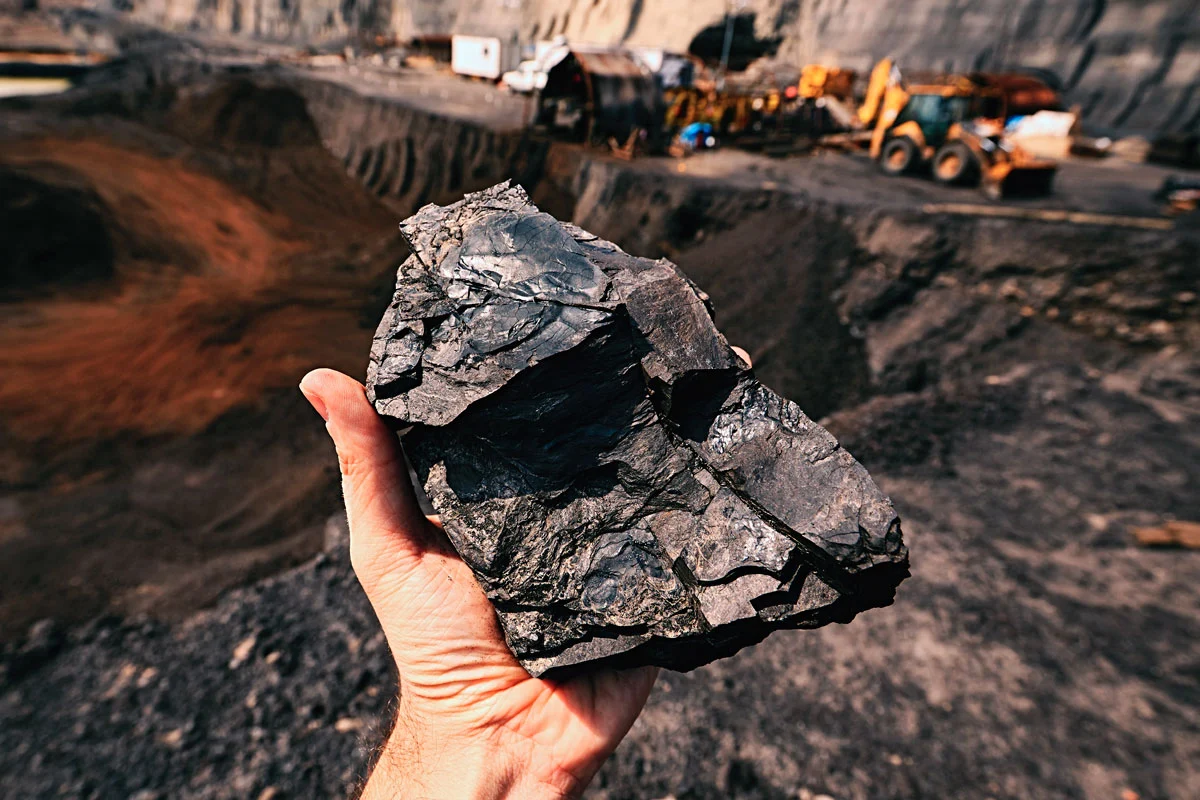Exploring the Hidden Dangers of Coal Mines and their Environmental Impact
Coal mining is an inherently hazardous process that involves extracting coal from underground or open-pit mines. While it may seem like a straightforward operation, it poses numerous risks to both human health and the environment.
One of the primary concerns associated with coal mining is the release of toxic air emissions.
Toxic Air Emissions: Uncovering the Devastating Effects on Local Communities and Wildlife
Coal mining releases substantial amounts of harmful pollutants into the atmosphere, including sulfur dioxide (SO2), nitrogen oxides (NOx), particulate matter (PM), and mercury.
These emissions contribute significantly to air pollution, leading to severe respiratory problems such as asthma, bronchitis, and even lung cancer among miners and nearby residents.
According to a study conducted by Greenpeace in 2023, air pollution from coal-fired power plants resulted in approximately 1.6 million premature deaths globally each year.
This alarming statistic highlights not only the immediate health hazards but also underscores how these emissions can have long-term consequences for public health.
Furthermore, wildlife is also greatly affected by toxic air emissions from coal mines. Birds living near mine sites are particularly vulnerable as they inhale polluted air while flying over contaminated areas or nesting nearby.
The deposition of heavy metals like mercury onto water bodies due to atmospheric transport can lead to bioaccumulation within aquatic organisms further up the food chain.
Water Contamination: Revealing the Alarming Pollution Threatening Aquatic Ecosystems
In addition to air pollution, coal mining also poses a significant threat to water resources. The process of extracting coal often involves blasting rocks and using large amounts of water for washing and processing purposes. This results in the contamination of nearby rivers, streams, and groundwater with toxic chemicals, heavy metals, and sediment.
A notable example is the devastating impact of coal mining on the Appalachian region in the United States. Mountaintop removal mining, a highly destructive practice where mountaintops are blasted off to access coal seams beneath, has led to the pollution of over 2,000 miles of streams in Appalachia alone.
The resulting water contamination has decimated aquatic ecosystems and harmed countless species that rely on these habitats for survival.
Land Degradation: Examining the Irreversible Damage Caused by Coal Mining Activities
Coal mining not only pollutes our air and water but also causes irreversible damage to land ecosystems. Open-pit mines result in vast expanses of deforestation as trees are cleared to make way for mining operations.
Moreover, the excavation process disrupts soil structures and alters natural drainage patterns, leading to erosion and loss of fertile topsoil.
Furthermore, abandoned coal mines can pose long-term threats even after they have ceased operations. These sites often become breeding grounds for invasive plant species that outcompete native vegetation and disturb local biodiversity.
Underground mine fires can occur due to spontaneous combustion or improper sealing practices, releasing toxic gases into the atmosphere while further exacerbating land degradation.
Health Hazards for Miners and Nearby Residents: Shedding Light on Respiratory Diseases and Cancer Risks
Miners working directly in coal mines face numerous health hazards due to prolonged exposure to harmful substances such as coal dust containing silica particles – known as black lung disease or pneumoconiosis. This debilitating respiratory condition leads to chronic coughing, difficulty breathing, reduced lung function, and increased susceptibility to respiratory infections.
Moreover, nearby residents are also at risk of developing respiratory diseases and other health issues due to exposure to coal mine pollution.
Fine particulate matter (PM2.5) released during mining operations can penetrate deep into the lungs, causing inflammation and contributing to cardiovascular problems.
According to a report by the World Health Organization (WHO), living near coal mines or power plants increases the risk of developing lung cancer by up to 50%. This alarming statistic underscores the urgent need for action to protect both miners and communities living in close proximity to coal mining activities.
The Urgent Need for Transition: Advocating Sustainable Alternatives to Combat Coal Mine Pollution in 2024
Given the severe environmental pollution caused by coal mines, it is imperative that we transition towards more sustainable alternatives for energy production. Renewable sources such as solar, wind, and hydroelectric power offer cleaner options that not only reduce greenhouse gas emissions but also mitigate the detrimental impacts on human health and ecosystems.
Many countries have already taken significant steps towards phasing out coal-fired power plants and investing in renewable energy infrastructure.
For instance, Germany has committed to shutting down all its coal-fired power plants by 2038 as part of its efforts to combat climate change.
In conclusion, the dark side of coal mines cannot be ignored any longer. The toxic air emissions, water contamination, land degradation, and health hazards associated with this industry highlight an urgent need for change.
By embracing sustainable alternatives and transitioning away from reliance on coal mining activities in 2024 and beyond, we can pave the way towards a cleaner future that prioritizes both human well-being and environmental conservation.






